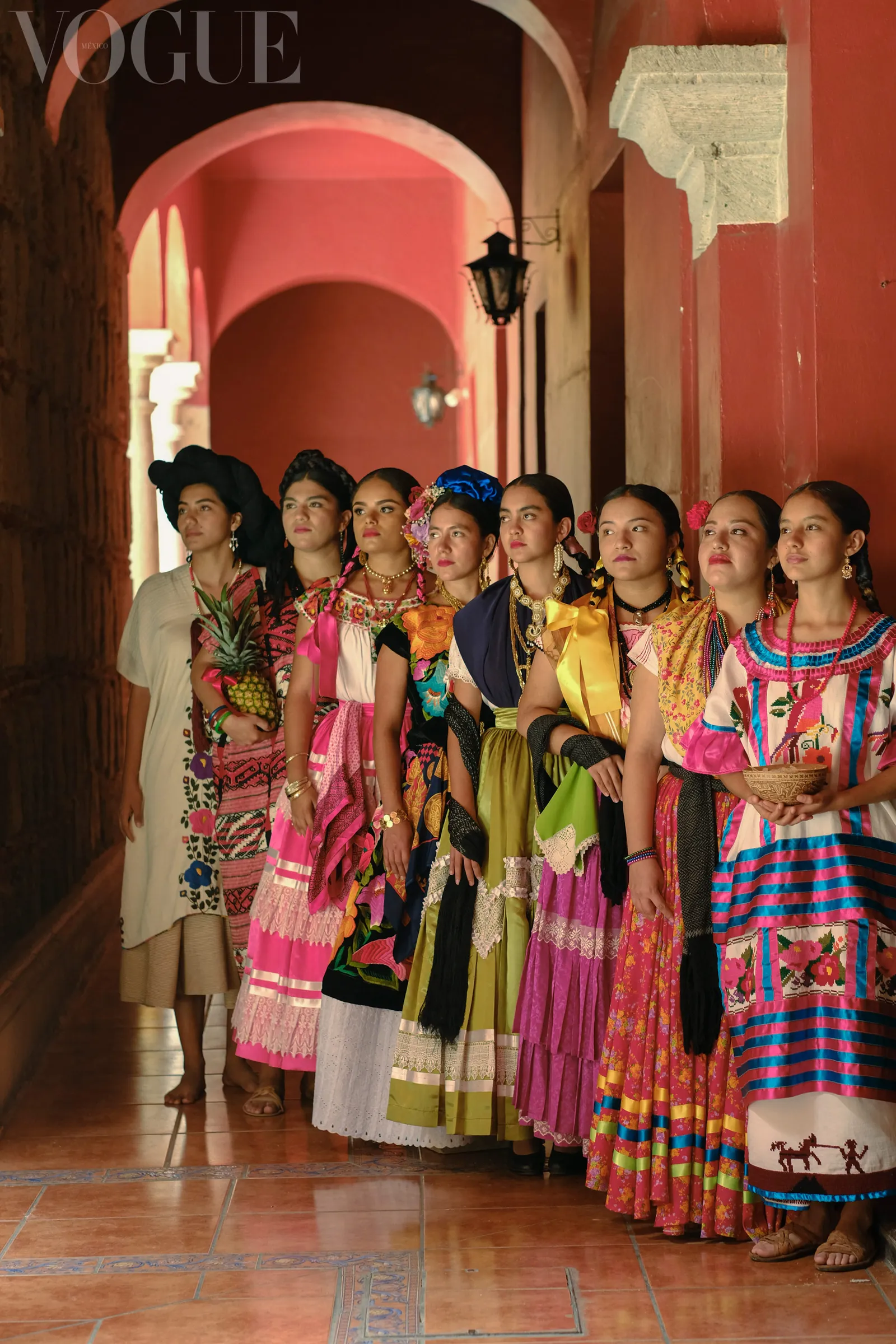What’s Casa Wabi Foundation? Bosco Sodi (contemporary Mexican artist) founded Casa Wabi in Puerto Escondido, an interdisciplinary project aimed at promoting the exchange of ideas between national and international artists.
The concept of the house is due to the Japanese term “Wabi-sabi”. Also, this concentrates on finding beauty in imperfection, in ephemeral accidents, and in the depth of nature.
As of 2014, its campus had six residences and two studios, designed by architect Tadao Ando. Also, through this artistic philosophy, he wanted to create an environment conducive to interaction. In 1995, Ando received the Pritzker Prize for his place design.
The focus of the house was based on promoting social engagement and collaboration through art. Then, the purpose was to unite the residents with the local community.
They believed that artistic expression can have a positive impact on people. They achieved this through dialogue and interaction between the participants, in order to enrich their vision of life.
In Puerto Escondido, you can see the Casa Wabi, accompanied by exhibitions and art film programs.
Composition: Puerto Escondido and Casa Wabi Foundation
Since its foundation it has shown all its facets:
- Exhibition program
- Mobile library
- Clay workshop, a workshop
- Cinema
- One-year exhibition program
- Direct links with educational institutions
In addition, the local population joined what has a residency program.
Architecture

In addition to designing the enclosure, Tadao Ando and Alex Iida also participated in its construction. In addition to the six studios with bedrooms, it has multipurpose spaces, 27 hectares of garden and a projection room.
There is a concrete wall parallel to the sea that divides the public and private programs and allows circulation between them. This seeks to highlight the landscape of the area in the design of the spaces.
Without abandoning contemporary design, they used local materials, such as palapa roofs and geometric concrete walls, as well as wooden shutters and stone floors.
It has 550m of coastline to share with the beach. In Puerto Escondido, Casa Wabi looks out over the South Pacific Ocean.
A horizontal barrier was created between the north and south creating a separation between public and private programs. The concrete surface would have to reflect the intense sunset.
There are two essences that make up the interior vertical space.
An aerial view of the palapa roofs illustrates the traditional spirit of the area. Wooden shutters and geometric concrete walls below eye level capture the contemporary essence. It is something that could only be in Puerto Escondido, Casa Wabi.
Kengo Kuma‘s Chicken Coop

This chicken coop represented collective housing and its relationship. The wooden boards are carbonized to recreate the colorless and ascetic world of Mexico. It is a technique widely used in the western region of Japan.
The system allows permeability between walls and ceilings, as well as constant ventilation of the place.
Also, they protected chickens from predators with chain link mesh and sun-dried bricks in the coop. With an area of 400m2, it had an arch to shape and measure the chicken coop.
The gardens of Alberto Kalach

This Mexican architect designed a 27-hectare garden with the aim of cataloging and preserving local species: parota, macuil, majahua and lantana flower.
Therefore, the aim was to educate the public about the environment.
Clay Pavilion by Álvaro Siza (Prtizker 1992)

The Portuguese architect’s design sought to take the clay program to another level. This clay workshop for children and young people connects the concept of the use of local clay with the construction of bricks.
Its curved wall separates the patio from the clay oven with its curved main wall. In the main palapa, there is a concrete table, ideal for manual tasks.
Alberto Kalach’s high-temperature pavilion
It is based on a concrete tower covered with red bricks. This structure not only serves as an orientation point for the garden, but also houses the high-temperature oven that was used to make clay. It is a fireplace with the style of Puerto Escondido and Casa wabi.
Guayacan Pavilion

This nursery sought to preserve the species of Palo Santo (Guaiacum coulteri).
Also, visitors could find underground pathways to get closer to the tree through AMBROSI ETCHEGARAY’s design.
Then, as a consequence of the surrounding temperature, humidity, and wind, there is a clear relationship between the tree and the groundwater.
Composting pavilion in Casa Wabi Foundation
This pavilion was designed by Paraguayan architects Solano Benítez and Gloria Cabral.
Recycled bricks and concrete fragments were embedded here to create patterns of shadows and lights. In addition to composting the foundation’s gardens, the pavilion provided compost for other sectors of the community. In addition to composting courses, the center offered courses on soil rejuvenation, both economical and ecological.
Also, its intention was to promote social welfare based on sustainability. In Puerto Escondido, Casa Wabi Foundation was in charge of using the natural resources of the local territory. So, its Construction materials integrated natural environment and the cultural context.
Puerto Escondido and Casa Wabi Foundation had a deep merger

They planted an orchard of papaya and mango, tomatoes, zucchini, radishes, lettuce, carrots, and onions for their own consumption. They had an apiary, a nursery, and a plantation of more than 400 Mixtec cotton plants, as well as a poultry farm.
Puerto Escondido protects Casa Wabi. Mexican artist Bosco Sodi built this work on utopian principles. Also, it was an outreach center for local artists, an educational center, and a temple to minimalist design. Everything in the complex, from the pool to the furnishings, was designed by Tadao Ando, a hero to Sodi. Unfortunately, this haven for artists is closed until further notice.
¿Did you learn something of Casa Wabi Foundation? Then, keep reading about other wonders of Puerto Escondido:






















